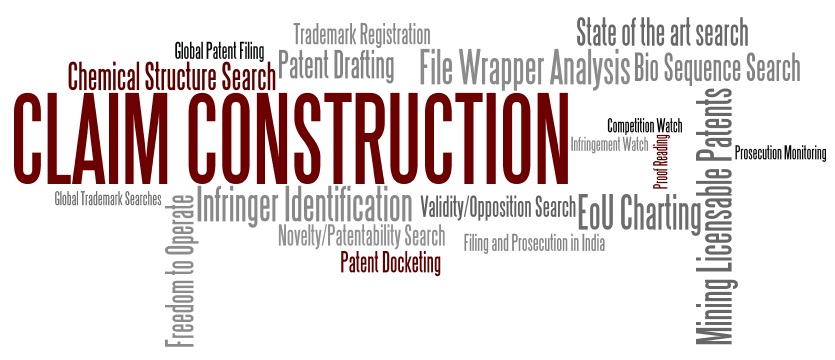What is Claim Construction?
Claim construction is an issue that arises in patent infringement cases and is used to determine what the claim covers, the scope of the claim, and to interpret the meaning and intention of the authors of the patent.
The court may define terms for parties that cannot agree on a definition or where the text is silent. Claim construction is determined by how a reasonable competitor would interpret the actual language of the claim, not how the inventor would see it. The language must be looked at in its entirety. Claim construction is an issue of law for the court to decide.
In the Amazon cases, courts have granted summary judgment in favor of the party that proves there is no patent claim. The courts in the Amazon cases have not adopted a party’s claim construction if the definitions are too vague or are not the generally accepted definitions of ordinary people. The court has the final say on disputed terms and may accept or deny a proposed claim construction.
- Alcatel-Lucent USA, Inc. v. Amazon.com, Inc., 2011 U.S. Dist. LEXIS 61039, 2011 WL 2260276 (E.D. Tex. June 7, 2011).
The court here defined the disputed terms in the five patents that are in controversy.
- Discovery Patent Holdings, LLC v. Amazon.com, Inc., 769 F. Supp. 2d 662 (D. Del. 2011).
The court here was determining what construction of the parties disputed terms in the patent claim should be adopted by the court.
- KKG, LLC v. Rank Group, PLC, 2013 U.S. Dist. LEXIS 54279 (E.D. Tex. Apr. 16, 2013).
The court here was defining the meaning of 6 terms in dispute by the parties.
- M-Edge Accessories LLC v. Amazon, Inc., 2013 U.S. Dist. LEXIS 165422 (D. Md. Nov. 21, 2013).
In this case the court determined the meaning of the patents in suit.
- Mobile Telcoms. Techs., LLC v. Amazon.com, Inc., 2014 U.S. Dist. LEXIS 156454 (E.D. Tex. Nov. 5, 2014)
While Amazon.com was a named defendant, this document deals specifically with the claim construction order of the disputed claims within the patents.
- Research Frontiers, Inc. v. E Ink Corp., 2016 U.S. Dist. LEXIS 38441 (D. Del. Mar. 24, 2016).
Here, the court was determining what definitions to apply to disputed terms of the patent at issue.
- SFA Sys., LLC v. Amazon.com, Inc., 2013 U.S. Dist. LEXIS 189807 (E.D. Tex. Apr. 11, 2013).
Amazon.com was a defendant in a case dealing with patent infringement. Amazon.com motioned for partial summary judgment. The court found that defendants failed to show by clear and convincing evidence that these claims are insoluble due to an impermissible mix of apparatus limitations and method steps. Ultimately, the court denied the motion for partial summary judgment.
- Sipco, LLC v. Amazon.com, Inc., 2012 U.S. Dist. LEXIS 150940 (E.D. Tex. Oct. 19, 2012).
While Amazon.com is a named defendant in this patent infringement case, the document at hand deals specifically with the construction of disputed terms.
- United Video Props. v. Amazon.com, Inc., 2012 U.S. Dist. LEXIS 86914 (D. Del. June 22, 2012).
The court determined the claim construction of the patents that were allegedly infringed.